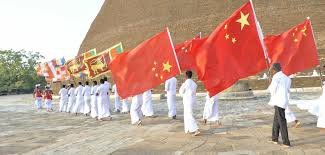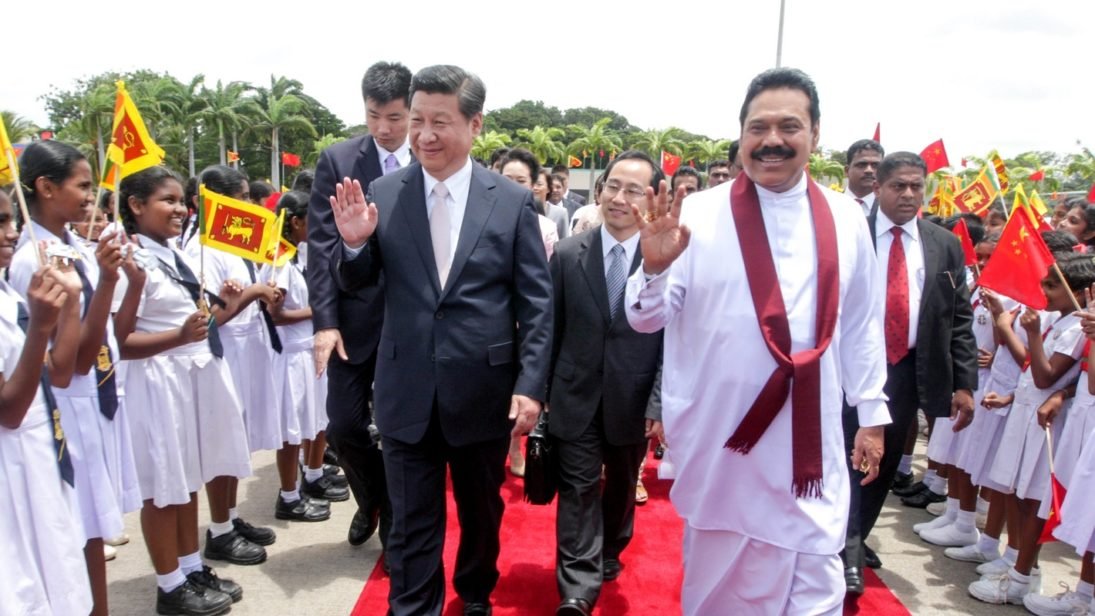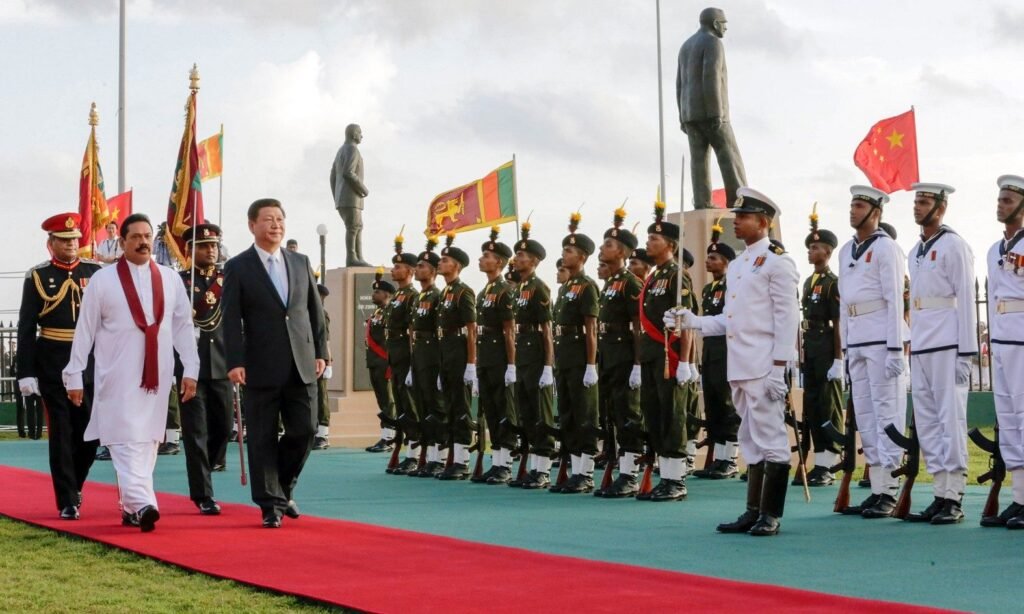The relationship between China and Sri Lanka is complex, and multifaceted, and has evolved significantly over the years. From historical ties to contemporary economic and strategic engagements, the dynamics between these two countries have garnered attention globally. In this comprehensive analysis, we’ll explore the historical context of their relationship, delve into the economic and strategic dimensions, and examine the emerging disputes and challenges.
Historical Context:
The historical relationship between China and Sri Lanka traces back centuries, characterized by trade, cultural exchange, and occasional diplomatic interactions. Sri Lanka, strategically located in the Indian Ocean, has been a focal point for maritime trade routes, attracting the attention of various powers throughout history, including China.
Chinese historical records indicate that Chinese traders and sailors had been visiting Sri Lanka as early as the 5th century AD, during the period of the Maritime Silk Road. Cultural exchanges flourished during the Ming Dynasty (1368–1644), evidenced by the presence of Chinese artifacts and Buddhist influences in Sri Lanka.
However, modern diplomatic relations between the People’s Republic of China and Sri Lanka were established only in 1957, shortly after Sri Lanka gained independence from British colonial rule in 1948. Since then, the relationship has fluctuated but maintained a cordial tone.
Economic Relations:
Economic cooperation between China and Sri Lanka has deepened significantly in recent decades, with China emerging as one of Sri Lanka’s largest trading partners and a major source of investment and development assistance.

1. Infrastructure Development:
China’s Belt and Road Initiative (BRI) has played a central role in shaping economic ties between the two countries. Sri Lanka’s strategic location in the Indian Ocean has made it a key participant in China’s maritime Silk Road component of the BRI. Under this initiative, China has financed and constructed several major infrastructure projects in Sri Lanka, including:
- Hambantota Port: One of the most significant projects, the development of the Hambantota Port in southern Sri Lanka, has been a focal point of both cooperation and controversy. Initially constructed with Chinese loans and expertise, the port has faced financial difficulties, leading to a controversial debt-to-equity swap agreement with a Chinese state-owned company.
- Colombo Port City: Another flagship project is the Colombo Port City, a vast reclaimed land area adjacent to Sri Lanka’s main port in the capital, Colombo. This project aims to transform Colombo into a regional hub for finance, commerce, and tourism, with substantial Chinese investment.
2. Investment and Trade:
China has become an increasingly important investor in Sri Lanka, particularly in sectors such as telecommunications, manufacturing, and real estate. Bilateral trade between the two countries has also grown significantly, albeit with a trade imbalance skewed in China’s favor.
3. Development Assistance:
China has provided substantial development assistance to Sri Lanka in the form of grants, concessional loans, and technical cooperation programs. These assistance programs have supported various sectors, including infrastructure, agriculture, education, and healthcare.

Strategic Relations:
Beyond economic ties, strategic considerations also influence the relationship between China and Sri Lanka. Both countries share interests in maritime security, regional stability, and countering perceived hegemony from other powers in the Indian Ocean region.
1. Maritime Security:
Given Sri Lanka’s strategic location along vital maritime routes, maritime security cooperation has become increasingly important. China has assisted in enhancing Sri Lanka’s maritime surveillance and search-and-rescue capabilities, aiming to safeguard shipping lanes and counter-piracy threats.
2. Geostrategic Considerations:
For China, Sri Lanka’s location holds significant geostrategic importance, offering access to key sea lanes and serving as a potential foothold in the Indian Ocean. This strategic significance has led to concerns among some regional actors, particularly India, about China’s expanding influence in Sri Lanka and the broader Indian Ocean region.
Disputes and Challenges:
Despite the deepening economic and strategic cooperation, China-Sri Lanka relations have not been devoid of challenges and controversies. Some of the key disputes and challenges include:
1. Debt Sustainability:
One of the primary concerns surrounding China’s involvement in Sri Lanka is the issue of debt sustainability. Sri Lanka’s heavy reliance on Chinese loans for infrastructure development has raised concerns about its ability to service these debts, leading to fears of debt traps and Sri Lanka’s increasing indebtedness to China.
2. Environmental and Social Impact:
Large-scale infrastructure projects financed by China have faced criticism for their environmental and social impacts. Concerns have been raised about the ecological consequences of projects such as the Hambantota Port and the Colombo Port City, including habitat destruction, pollution, and displacement of local communities.
3. Strategic Competition:
China’s growing presence in Sri Lanka has fueled strategic competition and geopolitical tensions in the region, particularly with India. India views Chinese investments and military activities in Sri Lanka with suspicion, fearing encirclement and a potential threat to its strategic interests in the Indian Ocean.

4. Sovereignty Concerns:
Sri Lanka’s close relationship with China has also sparked concerns about sovereignty and national autonomy. Critics argue that Sri Lanka’s increasing economic dependence on China could undermine its sovereignty and limit its policy options, particularly in the realm of foreign relations and security.
Conclusion
A complex interplay of economic, strategic, and geopolitical factors characterizes the relationship between China and Sri Lanka. While economic cooperation and infrastructure development have deepened bilateral ties, challenges and disputes remain, ranging from debt sustainability and environmental concerns to strategic competition and sovereignty issues. As both countries navigate these complexities, the trajectory of their relationship will continue to shape regional dynamics in the Indian Ocean and beyond.
